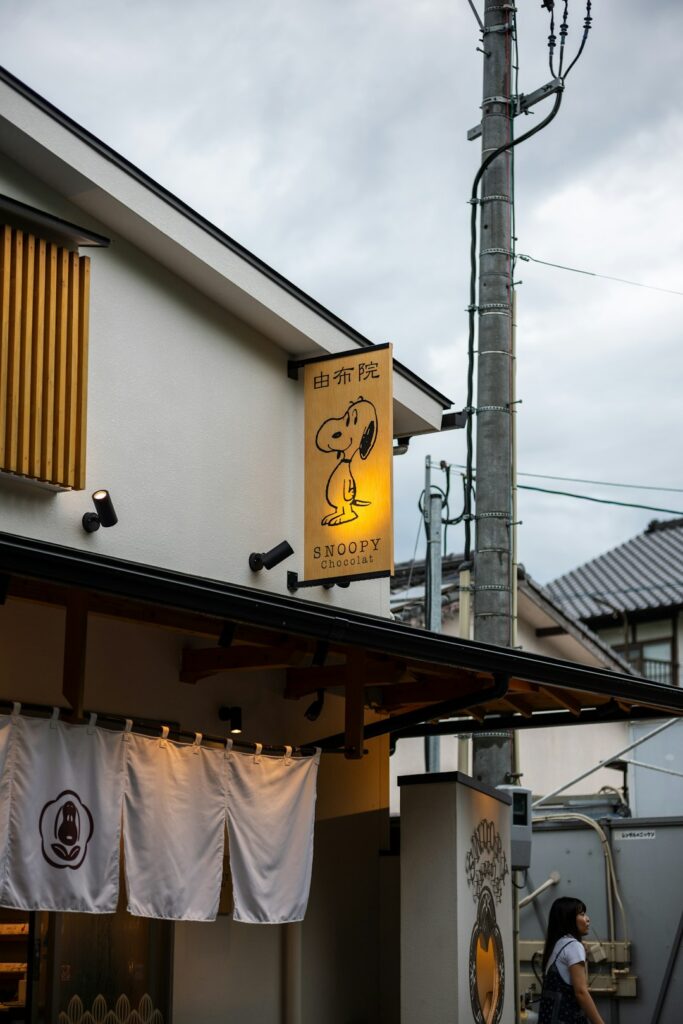Japanese fermentation culture is experiencing a renaissance in 2025, redefining the way people eat, travel, and connect with the country’s roots. Beyond its classic image of soy sauce and miso, Japan’s fermented foods are at the heart of a passionate movement awaken among local artisans, innovative chefs, and adventurous travelers. This article dives deep into the exciting world of fermentation, from hidden rural breweries to interactive culinary workshops, showing how these ancient flavors are winning the hearts of the new generation and shaping the future of taste. Whether you’re a food lover, a culture-seeker, or simply curious about the Japanese way beyond sushi, here’s everything you need to know about the flavor revolution happening right now.
The Boom of Japanese Fermented Foods in 2025: Background & Cultural Wave
2025 has seen an unprecedented boom in Japan’s fermented foods scene, with a unique mix of cultural pride and health consciousness. As global trends favor probiotics and plant-based diets, traditional Japanese pantry staples like miso, shoyu (soy sauce), and tsukemono (pickles) have moved from home kitchens into the spotlight of gourmet conversations. Social media, documentaries, and urban “fermentation bars” have made these time-honored flavors cool again, especially among the younger generation. Locals and travelers alike are taking a fresh look at the ancient art of fermentation, not simply as heritage, but as the epicenter of flavor, nutrition, and sustainability in contemporary Japanese society.
Undiscovered Breweries and the Stories of Artisans in Kyoto & Tohoku
Venture off the beaten path to discover the soul of Japanese fermentation in small, often family-run breweries hidden in Kyoto’s old alleys and the snowy towns of Tohoku. These regions, blessed by pristine water and deep-set traditions, are home to centuries-old soy sauce and miso makers who have adapted their craft across generations. Artisans in places like Higashiyama (Kyoto) or Yamagata are not just preserving legacy—many are experimenting with wild regional koji molds or natural brine techniques unique to their climate. Their attention to detail and quiet innovation create nuanced flavors few large brands can match. Even the architecture—wooden beams blackened by years of steaming rice—tells a story of persistence and pride. Often overlooked, these breweries invite visitors for intimate tours, storytelling sessions, and hands-on experiences that reveal the magic behind every bottle and barrel.
Trendy Koji & Pickle Cuisine: Tasting and Workshops for the Curious
Fermentation isn’t just history—it’s a flourishing trend in Japan’s cutting-edge culinary scene. Across Tokyo, Osaka, and beyond, contemporary chefs are reimagining traditional ingredients like koji (the mold at the heart of sake, miso, and more) and pickled vegetables into modern delicacies: think koji-rubbed grilled meats, miso caramel ice cream, or inventive vegan lunch bowls with layered house-made tsukemono. Curious travelers can now join immersive workshops where they not only taste but also make their own miso, craft amazake (sweet fermented rice drink), or blend custom tsukemono using seasonal local vegetables. These interactive experiences, often hosted in atmospheric kitchens or urban pop-up studios, are a favorite with foodies and families eager to unlock the secrets of umami and transform their home cooking.
Next-Gen Craft Breweries: Young Locals and Tourists Fueling Innovation
Perhaps the most exciting aspect of Japan’s fermentation renaissance is the surge of stylish “craft fermentation” breweries and tasting rooms, especially in rejuvenated urban neighborhoods and scenic countryside. These new ventures fuse tradition with global flair—offering limited-edition shoyu or miso with wild yeasts, kombucha blended with local fruits, or sake aged in barrels once reserved for whiskey. Young Japanese brewers collaborate with international chefs and artists, making their products irresistible to global tourists and locals alike. Many establishments encourage visitors to interact directly: try your hand at blending sauces, chat with a brewer over tasting flights, or snap stylish photos in Instagram-ready interiors. This borderless spirit is opening Japanese fermentation to the world, making every visit an adventure.
Fermentation Future: Safeguarding Japanese Tradition and Taste
Looking ahead, Japan’s fermentation movement is more than a retro trend—it’s a blueprint for culinary sustainability and cultural preservation. Across the country, communities, chefs, and researchers are working to document old family recipes, cultivate rare koji strains, and pass down artisanal skills to a new generation. Seasonal festivals, university programs, and slow food networks support these efforts, ensuring that Japanese fermentation remains vibrant and evolving. For travelers and fans of authentic, meaningful culinary experiences, nothing compares to tasting these living traditions at the source. By embracing both innovation and heritage, Japan’s fermentation renaissance invites the world to savor its unique complexity—one bite, sip, and story at a time.








